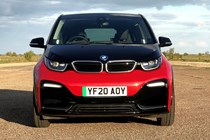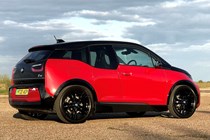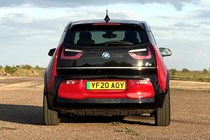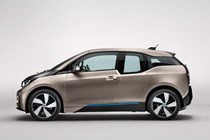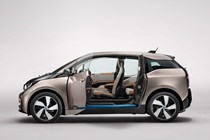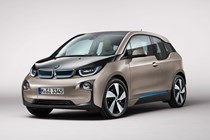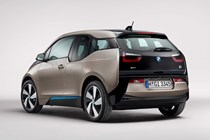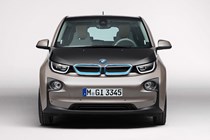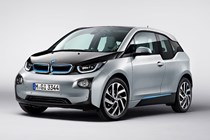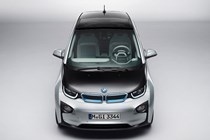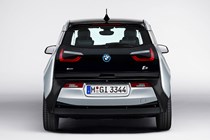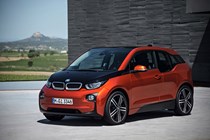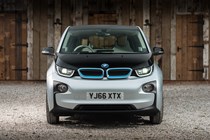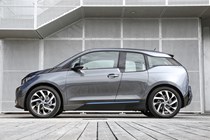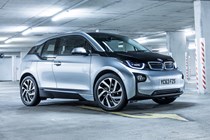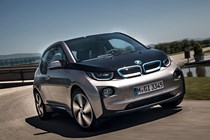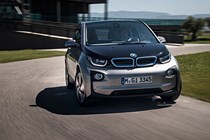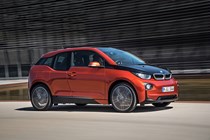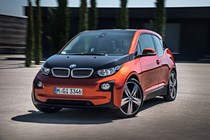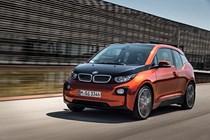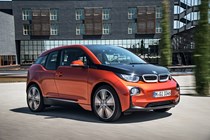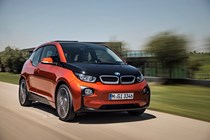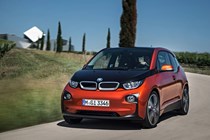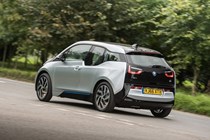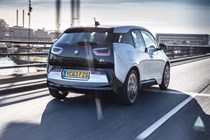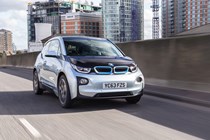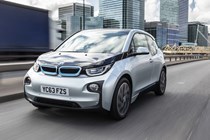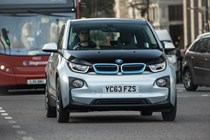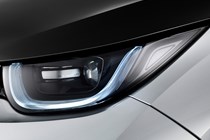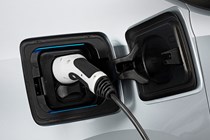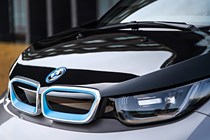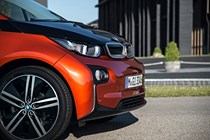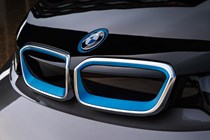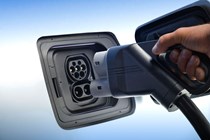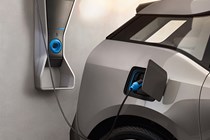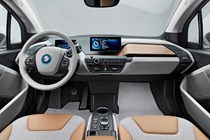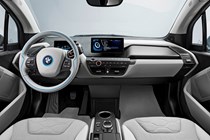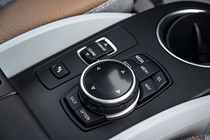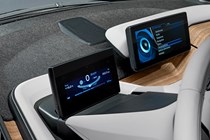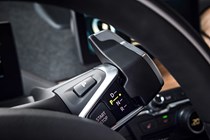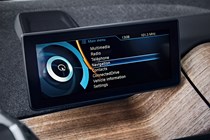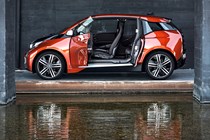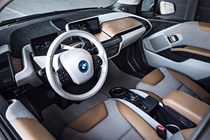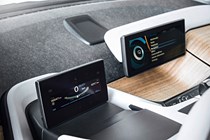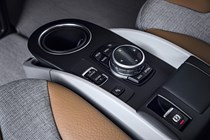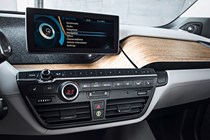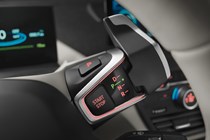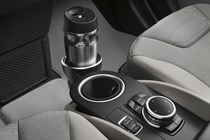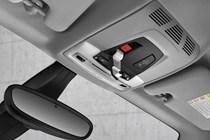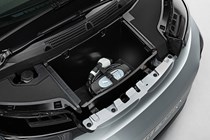
BMW i3 Hatchback running costs and reliability
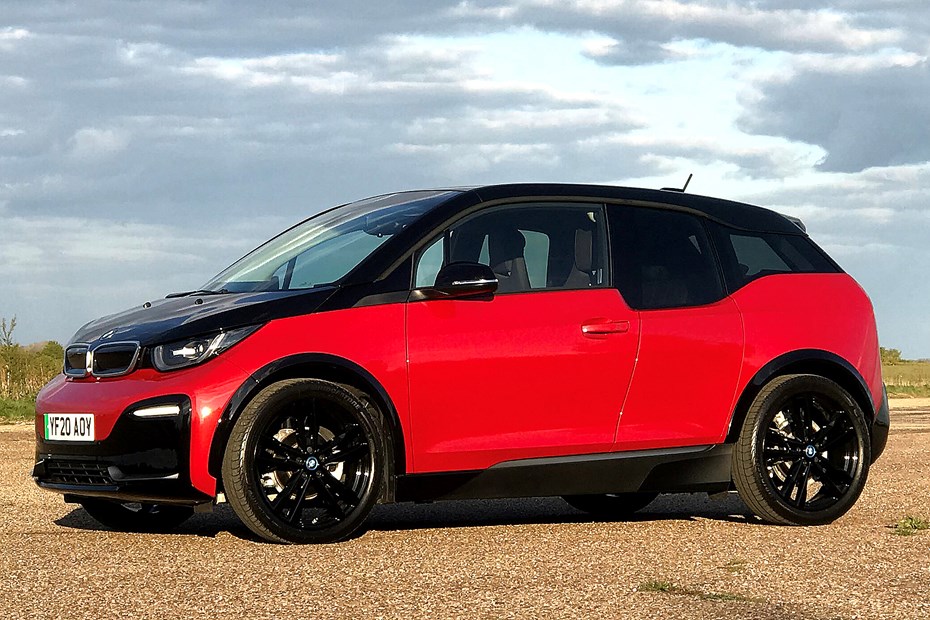
Miles per pound (mpp) ⓘ
| Electric motors, home charging | 11.2 - 12.1 mpp |
|---|---|
| Electric motors, public charging | 6.0 - 6.5 mpp |
Fuel economy ⓘ
| Electric motors | 3.8 - 4.1 miles/kWh |
|---|
- Two electric-only models to choose from
- Small battery means relatively quick charging
- Will be cheaper to fuel than a petrol car at home
How much is it going to cost to run?
Based on the latest domestic charging tariffs, owners who top it up on something like Economy 7 will pay around £9 per month based on an annual mileage of 8,000. As with all electric cars, how much it costs to run comes down to how you charge it up – and compared with your electricity supply at home, using public chargers works out more expensive.
Which ever way you do it, expect fuelling an i3 to cost much less than an equivalent petrol or diesel vehicle – especially once you factor in the i3’s brilliant acceleration. There are also the potential tax savings to consider. Company car drivers won’t be taxed to drive one at all because the i3 attracts a 0% rating for Benefit in Kind (BIK).
Range and charging
Since 2017, the i3 has been fitted with a 42.2kWh lithium-ion battery. That results in the standard i3 model getting up to 191 miles of range in WLTP official testing, and the more powerful i3s making 176 miles. In our more real world test conditions, we found that the i3s dips to a more realistic 140 miles, factoring in your need to find somewhere to charge it.
For people charging at home using a 7kW wallbox, it will take up to six hours to replenish your i3 from flat – if you’re stuck with a three-pin plug, make that 20 hours. On faster public chargers, the story improves somewhat – plug into a 50kW rapid charger you’ll pile on an additional 100 miles of range in around 30 minutes.
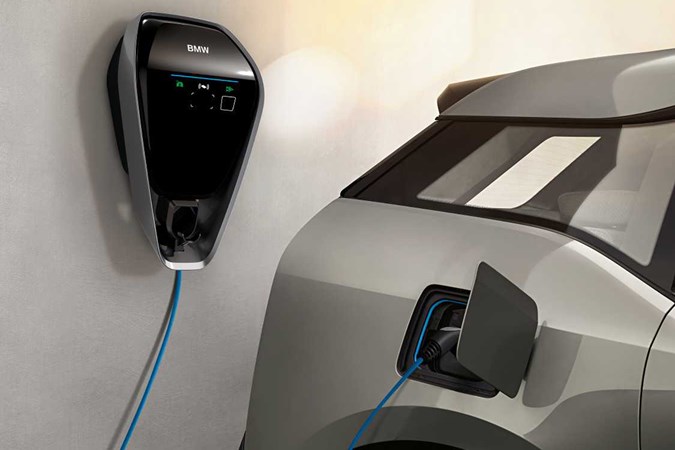
Servicing an maintenance
The i3 comes with a three-year/unlimited-mileage warranty that also includes an eight-year/100,000-mile guarantee for the battery. You can extend the warranty, too, as long as servicing is done on time.
The firm offers a flexi-mile insurance scheme to reduce costs (insurance groupings range from group 21-29, depending on exact spec) based on usage, and Service Inclusive packages priced from £239 will cover all parts and labour for up to three years or 36,000 miles, transferrable to the next owner should you sell.
Reliability
- Should be a reliable bet
- Fewer moving parts than most cars
- Just one recall so far
BMW i3 reliability is proving adequate and we are not aware of any big issues with this innovative small BMW aside from bodywork problems associated with city life. It’s been on sale since 2013 so any early gremlins should have been ironed out by now.
As a clean-sheet project, the company’s engineers put a lot of work into the i3 and no expense was spared in its durability tests. Only one recall has affected the model in the UK; a small number of 2015 model year versions had a steering fault, but this was dealt with swiftly and most should have had remedial work done. Check if you’re looking at a used car.
We’ve driven a number of BMW i3 hatchbacks now and the only big concern is the potential deterioration of the battery performance over time, inevitable due to chemical processes in any electric car. But the eight-year/100,000-mile battery warranty should go someway to alleviating those fears.
Ongoing running costs
| Road tax | £0 |
|---|---|
| Insurance group | 21 - 29 |
Get an insurance quote with

|
|





